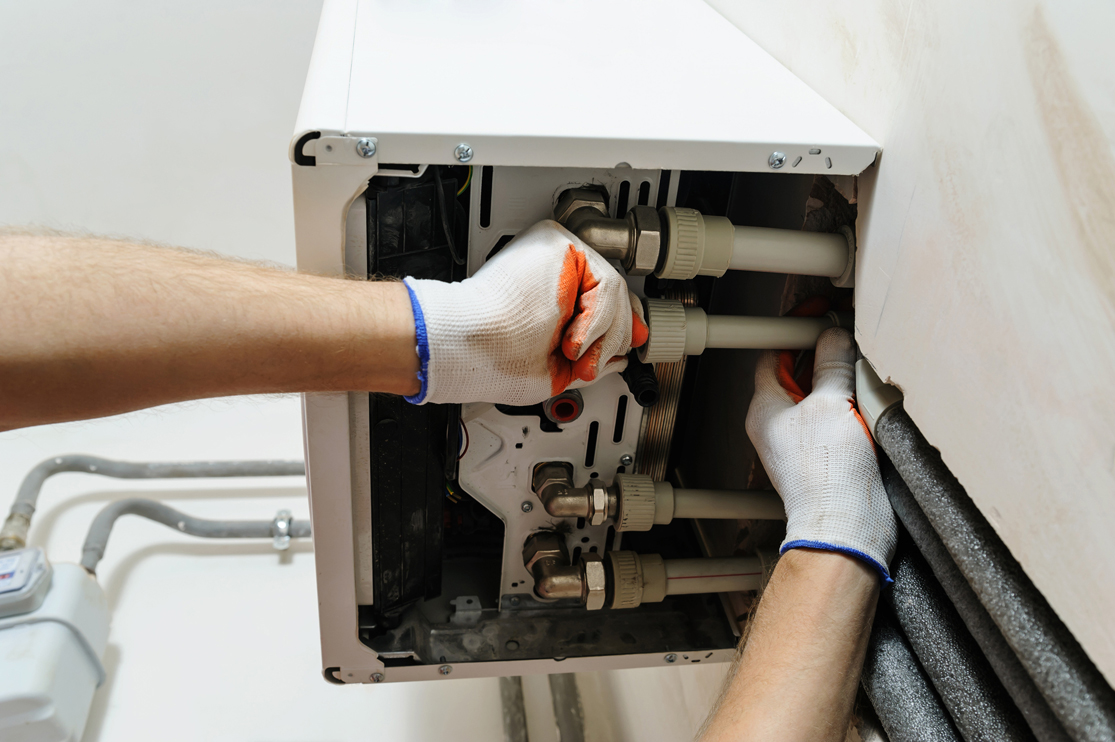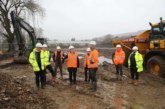Gary Haynes, Managing Director of Voicescape — a software business that provides resident engagement solutions for social landlords and local authorities — considers how technology could hold the key to no-access.
The social housing landscape has changed considerably in recent years, with significant legislative change that has placed building and resident safety, together with amplifying the voice of the resident, front and centre of reforms.
The introduction of the Social Housing (Regulation) Act 2023 has set the tone for how the sector will be regulated moving forward. In essence, the Act has been designed to drive up standards and bolster the regulator’s power to act.
The changes are decisive — social landlords, whether private or local authority-led, face unlimited fines for non-compliance and stronger powers have been given to the Regulator of Social Housing to act where necessary, with the cost forwarded on to the landlord.
Secretary of State for Levelling Up, Housing and Communities, Michael Gove hailed the Act as “landmark” — laws that will “drive up standards of social housing and give residents a proper voice.”
Michael Gove said: “The Social Housing Act will help to ensure that tenants get the safe, warm and decent homes they deserve — and those who have seriously neglected their responsibilities for far too long will face the consequences.”
For social housing providers and local authorities, this major reset of power between tenants and landlords is a significant step-change and one that shines a spotlight on compliance like never before. However, the elephant in the room, and the increasingly difficult challenge being faced by the sector, is the issue of no-access when gas and electrical safety checks are due. The cost and responsibility on landlords, not only to remain compliant, but also to reduce the cost and occurrence of no-access is massive.
Three key stakeholders are at play: the tenant, the Government, and the social landlord. The driver for tenant safety, welfare and wellbeing is shared across all three, yet the issue of no-access and the responsibility to develop methods to overcome this falls on the landlords alone — along with the heavy cost of failure.

Embracing change
In order to meet the Government’s ambitions to drive up standards, and achieve the collective aim to create safer homes for residents, the sector needs to be bolder and work smarter. Manual processes are time intensive and will only serve to take organisations so far. The key to improving services — and tackling the issue of no-access — is to embrace and make better use of digitisation, automation and behavioural insight to create efficiencies, streamline processes, and guide decision-making. Stronger engagement with residents will also be crucial, empowering them in the appointment booking process, enabling them to have their say and making them feel invested in the decision-making. Doing this will help to gain the first-time access needed to maintain compliance, while taking it a step further in understanding and, to an extent, predicting future behaviour.
There’s no doubt that the hands-on aspect of building maintenance, repairs and safety inspections is not typically associated with digital transformation. Fixing problems and quality checks rely on in-person expertise and onsite experience, which isn’t always possible to replicate remotely. But in today’s economic and social climate, digitisation is evolving maintenance and safety services.
Organisations have been forced to think differently and adopt new ways of managing gas and electrical safety inspections and maintenance work, in order to crucially get across the threshold and gain access to housing stock. It’s about turning challenges into opportunities to improve efficiencies, as well as resident satisfaction. But how does it work in practice?

No access, no compliance
Social landlords face a tough task of ensuring they can access resident homes to complete works and checks. This is even more challenging for those local authorities that are responsible for tens of thousands of homes. Organising appointments can prove more challenging than the actual maintenance and inspections — it’s a colossal job that requires significant resource.
To overcome the problem of no access to homes, social landlords have tended to use traditional prescriptive engagement methods such as sending letters and text messages informing tenants of a fixed date, which often lead to low engagement and high rates of no-access. Consultative engagement methods, meanwhile, are expensive, complex and time intensive.
Embracing digitisation has changed
these conventional processes and brought together the best of both worlds. It finds the middle ground between the two approaches and crystallises the benefits of each. By automating the process of booking, confirming and rescheduling appointments with tenants, residents are informed of safety visits, such as annual gas and electrical installation safety checks, well before they happen.
By getting it right the first time, Registered Social Landlords (RSLs) can build trust and satisfaction with tenants — all without the costs and inefficiencies associated with manual outbound calls and wasted visits (which are estimated to cost between £75 and £100 each).
As well as supporting a more efficient, resident-focused appointment-booking approach, it can also help organisations align with the new consumer standards, which call for the use of data to design services around customer needs. Integrating automation technology, data analytics, and behavioural science principles, simplifies the previously manual, complex, and laborious process of engaging at scale.
Beyond compliance
Compliance and regulation is clearly where the national spotlight is pointing at the moment, with access being both the problem and the solution for many. There’s no denying that it’s a major priority for social housing providers and local authorities too, given that everyone has to be compliant.
But there are other competing priorities at play — some of which link to legislation and others that underpin internal performance and workforce stability. These include: increasing customer engagement and connecting with them to greater understand their needs; increasing customer satisfaction to give them more of a choice about when and how their landlord engages with them; meeting SLAs and KPIs to maintain internal performance and partnerships with other organisations; reducing cost to serve, so that organisations can reinvest into services and properties; as well as future-proofing services by moving with the times and the latest technologies.
Finding a separate solution for each individual priority is not a practical approach. However, when the compliance process is examined more thoroughly and viewed beyond just fulfilling regulatory requirements, there’s a chance to gain advantages that extend across various areas of the organisation.
As the regulatory pressures and penalties heighten around non-compliance, it’s clear that improving tenant safety through engagement has become evermore crucial for the social housing sector. The direct and indirect costs associated with no-access are enough to make any organisation want to strive for change. But first the sector has to see compliance as an opportunity to improve the way it connects with households — not only to meet new legislation, but to make headway on other priorities too.
Header image Image credit Teamjackson
For more information on redefining tenant engagement to reduce the costs associated with no-access, read Voicescape’s latest whitepaper here https://info.voicescape.com/voicescape-compliance-2024-whitepaper-download










